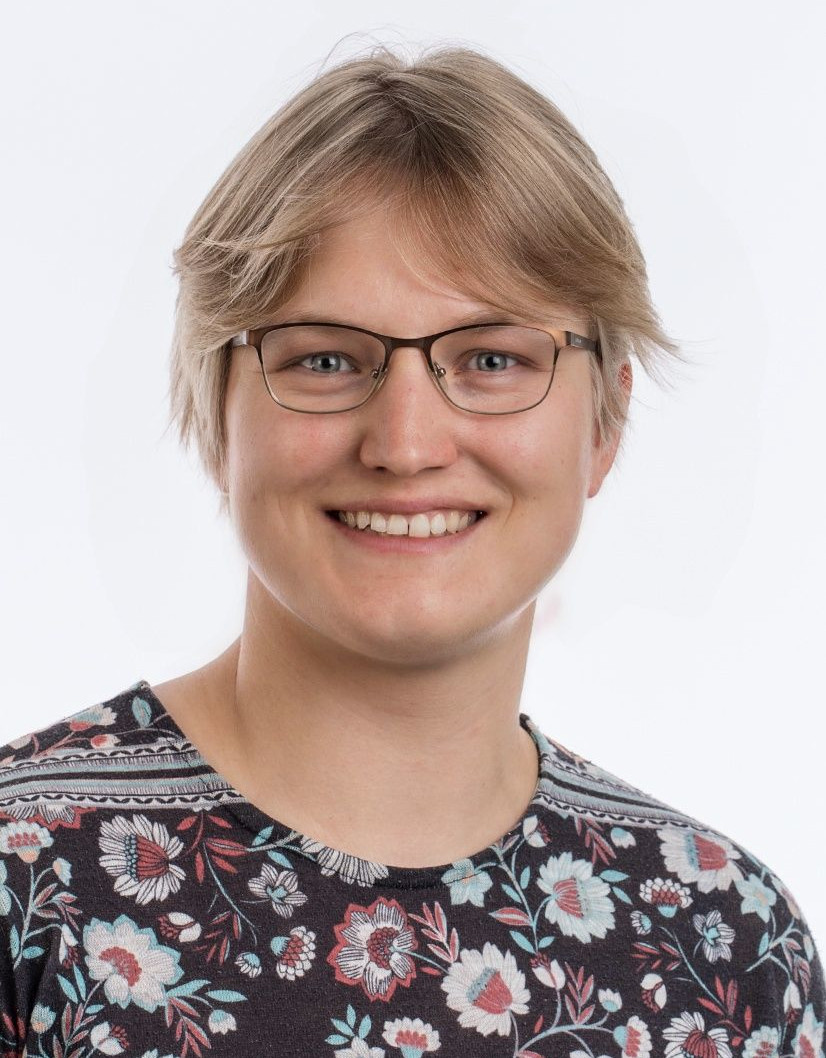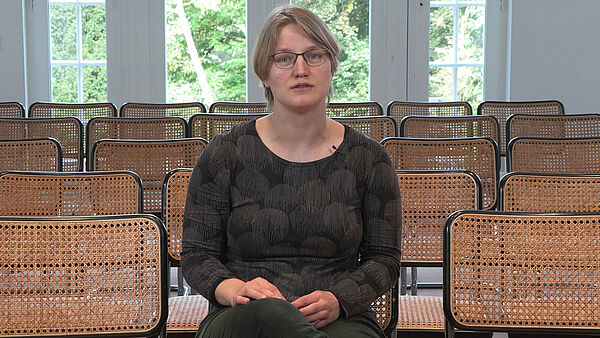
Megan Sørensen, PhD
Mechanistic Biology
Heinrich-Heine-Universität Düsseldorf
from September 2025 to February 2026
Born in 1991 in Cambridge, United Kingdom
BA in Natural Sciences, University of Cambridge, MSc by Research, University of York, PhD in Mechanistic Biology, University of Sheffield
Fellowship
College for Life Sciences
Arbeitsvorhaben
On the Hunt for Novel Microbial Endosymbioses
Organisms do not live in isolation; instead they interact with one another constantly in countless ways. Endosymbioses are the most intimate form of species interaction because one partner resides physically within the cells of the other. Many fundamental questions regarding how endosymbiotic partnerships evolve remain unanswered because of how difficult this process is to study. To answer these questions, we need to discover new model systems that represent the “missing links” in these important evolutionary events.A class of microbes known as protists encompass a staggering degree of diversity and include many different types of endosymbiotic partnerships. However, only a small fraction of protist diversity has been explored, and it is highly likely that there are many more endosymbioses yet to be discovered.
With this project, I aim to identify potentially novel protist endosymbioses from older literature sources. Older sources are often overlooked, but hold a treasure trove of early protist descriptions, including, in some cases, species that have been recorded but have since been forgotten. To achieve this, I will be searching journal archives, starting with the Wissenschaftskolleg library, for anomalous or curious descriptions, in particular within the descriptions of pigmentation and of “photosynthetic bodies.” I will then cross-reference these early descriptions with current research to ascertain whether these potential endosymbioses have been confirmed. Candidates for future research would be those with promising original descriptions but very little follow-up work. This would enable me to investigate these candidate endosymbioses as part of my own future research.
Overall, this project aims to identify new protist endosymbioses that have the potential to become insightful future model systems and to contribute their piece to the puzzle of understanding endosymbiosis evolution.
Recommended Reading
Sørensen, Megan E. S., A. Jamie Wood, Ewan J. A. Minter, Christopher D. Lowe, Duncan D. Cameron, and Michael A. Brockhurst (2020). “Comparison of Independent Evolutionary Origins Reveals Both Convergence and Divergence in the Metabolic Mechanisms of Symbiosis.” Current Biology 30 (2): 328–334.e4. https://doi.org/10.1016/j.cub.2019.11.053.
Sørensen, Megan E. S., A. Jamie Wood, Duncan D. Cameron, and Michael A. Brockhurst (2021). “Rapid Compensatory Evolution Can Rescue Low Fitness Symbioses Following Partner Switching.” Current Biology 31 (17): 3721–3728.e4. https://doi.org/10.1016/j.cub.2021.06.034.
Sørensen, Megan E. S., Vasily V. Zlatogursky, Ioana Onuţ-Brännström, Anne Walraven, Rachel A. Foster, and Fabien Burki (2023). “A Novel Kleptoplastidic Symbiosis Revealed in the Marine Centrohelid Meringosphaera with Evidence of Genetic Integration.” Current Biology 33 (17): 3571–3584.e6. https://doi.org/10.1016/j.cub.2023.07.017.
Kolloquium, 17.12.2025
On the hunt for novel microbial endosymbioses
Organisms do not live in isolation, instead they interact with one another constantly in a myriad of ways. Endosymbiosis is the most intimate form of species interaction because one partner physically resides within the cells of the other. These highly-integrated partnerships can accelerate evolutionary innovation by providing novel traits and often play key roles in ecosystems. Many fundamental questions regarding how endosymbiotic partnerships evolve remain unanswered because of how difficult this process is to study. To answer these questions, we need new model systems that represent the “missing links” in these important evolutionary events.
A class of microbes known as protists encompass a staggering degree of diversity and include many different types of endosymbiotic partnerships. However, only a small fraction of protist diversity has been explored, and it is highly likely that there are many more endosymbioses yet to be discovered. Older literature sources hold a treasure trove of early protist descriptions, including, in some cases, of species that have been recorded but have since been forgotten or relegated to the side-lines. My project while at the Wiko is to explore older sources with the aim of identifying endosymbiotic partnerships that have ‘fallen through the cracks’, but have the potential to contribute their piece to the puzzle of understanding endosymbiosis evolution. With this talk, I will outline how this project has progressed as well as discussing some of the more general questions within my research.
